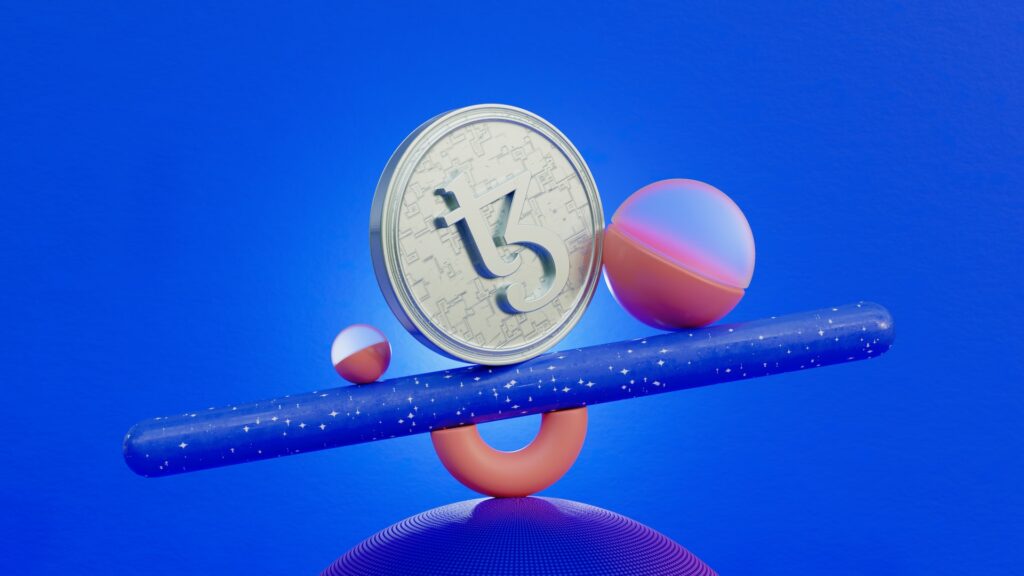by Catherine
Even though 2021 was the year of the non-fungible token (NFT), that was not when it came into being; the concept that became the driving force of NFTs was actually thought up in 2012 and the first known NFT was minted in 2014. But if you are unaware of what NFTs are and what they do, you can give this article a read first.
NFTs might have just been a digital token that uses blockchain technology to prove ownership and authenticity of a unique digital asset or rather, a mere collectible, but it has evolved into so much more. NFTs are permeating into countless platforms and providing more tangible economic value and different tiers of utility, making them an attractive prospect for many brands in numerous industries. Not only have they integrated into the art world, they also play a huge part in multiple sectors in our economy.
One obvious sector is the gaming industry. NFTs, in gamified experiences, can be used to represent a unique in-game persona, be incorporated into the discoverable digital items in the game for players to collect /trade/sell in NFT marketplaces, and so on. That is how NFT gamification works in the gaming sector.
Another industry to explore new and novel ways by using NFT gamification to reach out to digital natives, form a loyal customer base, and establish meaningful and lasting impact on the customer experience, is retail, which has endless crossovers with the gaming industry.
In short, NFT gamification is the addition of game design concepts to NFT assets like videos, pictures, or NFT games to contribute value and boost customers’/users’ engagement.

Last January, American clothing retailer Gap, launched its first NFT collection in collaboration with the artist behind Frank Ape, Brandon Sines ─ a gamified digital experience celebrating creatives and offering opportunities to customers to own limited edition collectible Gap hoodies. Exclusive for purchase only on Gap’s website, the digital collectibles consist of four levels: Common, Rare Epic, and One of a Kind. To unlock the opportunity to purchase the Epic ─ limited edition digital art by Brandon and a physical Gap x Frank Ape by Sines hoodie ─ the gamified experience encourages customers to collect Gap hoodie digital art at the Common and Rare levels first. Talk about “wearable” NFTs!
John Strain, chief digital and technology officer, expressed, “As part of our mission to create customer relationships, our teams are constantly innovating. We are excited about the possibilities that a more planet-friendly blockchain technology can unlock for us and all the new ways it will enable us to connect with our customers.”

Gamifying NFTs offer customers the experiences that would entice them into buying, thereby enhancing retail sales, and one such example is Louis Vuitton (LV) with their Louis the Game which launched in August 2021. In the latest version (as of last year), players accompany a virtual character called Vivienne on a quest in the first level to find a 16-page manuscript; then on the second level, to search for 200 collectible NFT candles through a virtual world denoting LV’s birthday as it celebrates its 200th anniversary.
When you reach a certain level in the game, you then qualify for a NFT raffle, running until 4 August 2022, which distributed 10 new NFTs featuring Vivienne in a variety of looks and are portable across platforms and function as an avatar on social networks.

Another brand which has embraced NFT gamification by tying them up with loyalty programme is ShiftPixy (for the company’s food retail business). ShiftPixy NFT holders can play in-app games to win rewards and free food items; they can also make use of an augmented reality (AR) experience to order and view a 3D menu where food items are brought to life using hyper-realistic features.

Ecommerce giant eBay, released their first NFT collection with Sports Illustrated and the National Hockey League (NHL) late last May.

It consisted of 13 digital collectibles featuring 3D animated renderings of Gretzky as a digital action figure with $10 for the basic green rarity and up to $1,500 for the diamond tier NFTs.

Just last December, Starbucks Odyssey Beta experience launched to a small group of waitlist members. Starbucks intends to integrate NFTs and blockchain infra into its rewards loyalty programme, which will enable users to earn and buy NFTs that will unlock new experiences and benefits.

And retail giant Amazon, is reportedly working toward NFT this year, and could be expected sometime in spring. It is said that Amazon’s NFT will lean heavily toward gamification. Amazon users might be permitted to play blockchain-based games on the platform for an opportunity to win rare digital collectibles.
When it comes to NFT gamification in the retail sector, it would be beneficial for retailers to concentrate on the content’s authenticity and creativity in order to attract new market groups, establish a loyal customer base, as well as drive sales, engagement, and experiences.
In a nutshell, NFT gamification is already transforming the retail sector as more companies are indulging consumer appetites and trends in the months to come and beyond.


